It seems that two-string test, in some particular situation, can mislead the dish owner, that the dish is OK. There are 3 photos with real dish, tested with a two thin flat rubber bands,(the bands, barely touching, "testify" that dish is OK) and two straight aluminum angles, showing warping.
Other five photos show a plastic model, twisted, and two strings, at 45 degree to the axis of twist, also barely touching, despite obvious distortion of this model.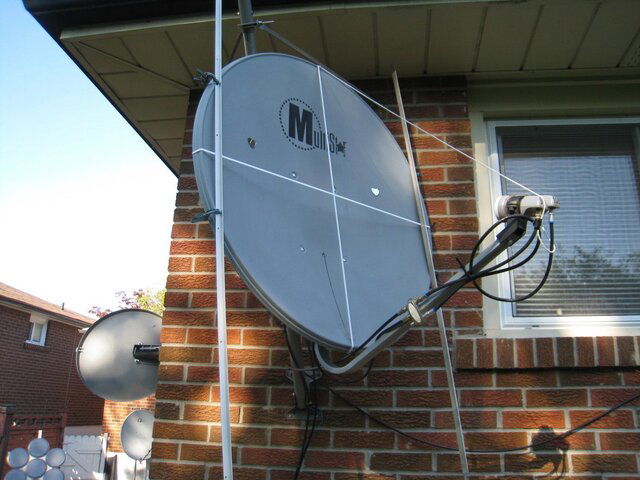
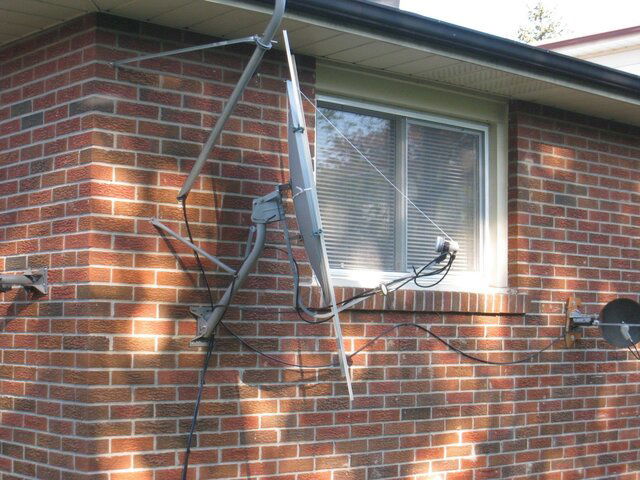
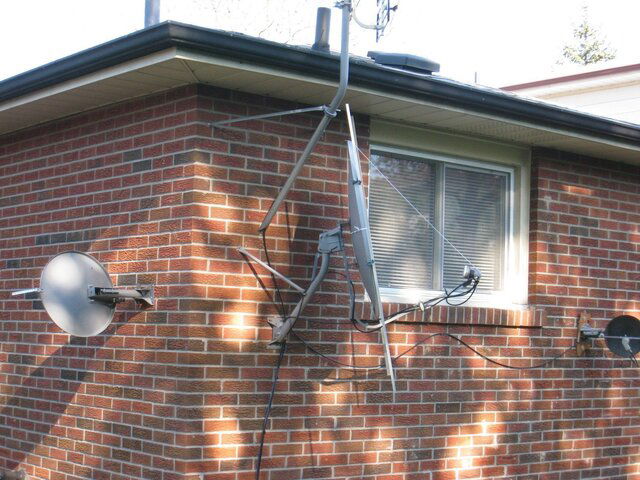


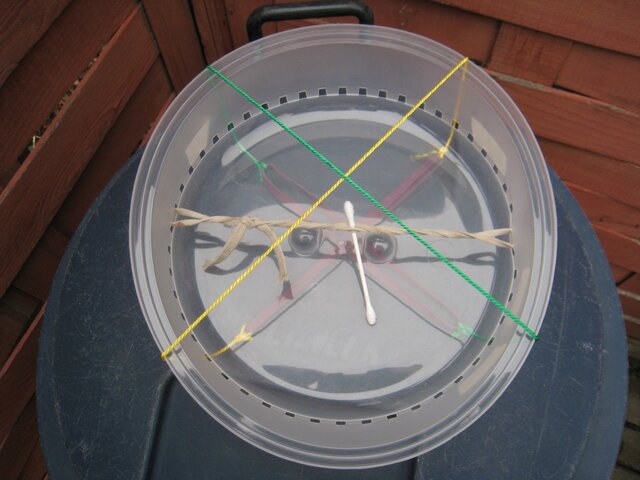
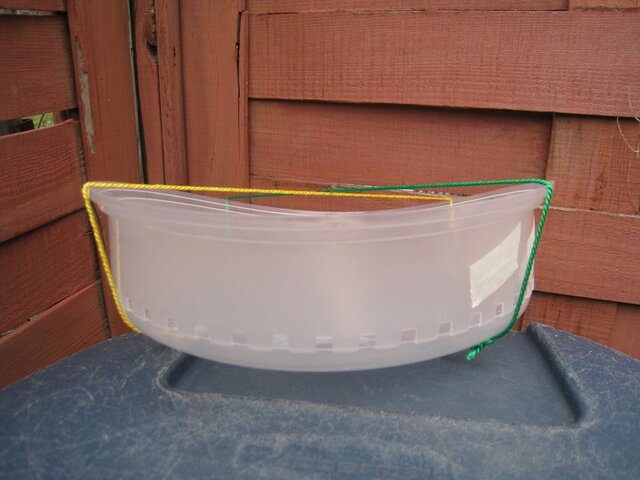
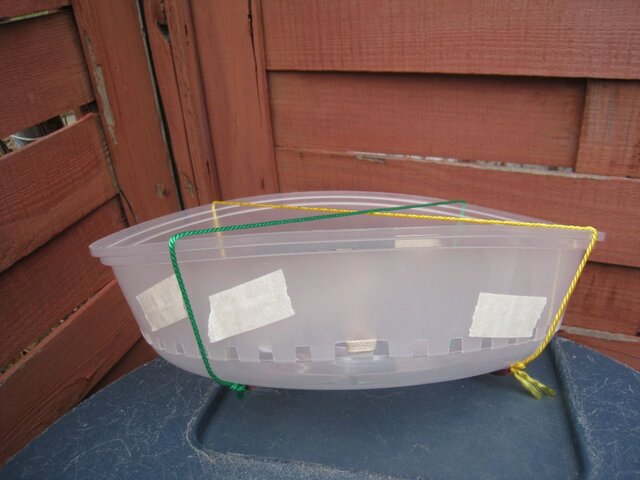
Other five photos show a plastic model, twisted, and two strings, at 45 degree to the axis of twist, also barely touching, despite obvious distortion of this model.









